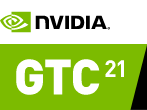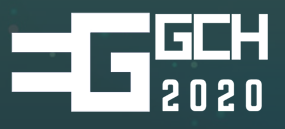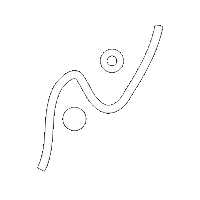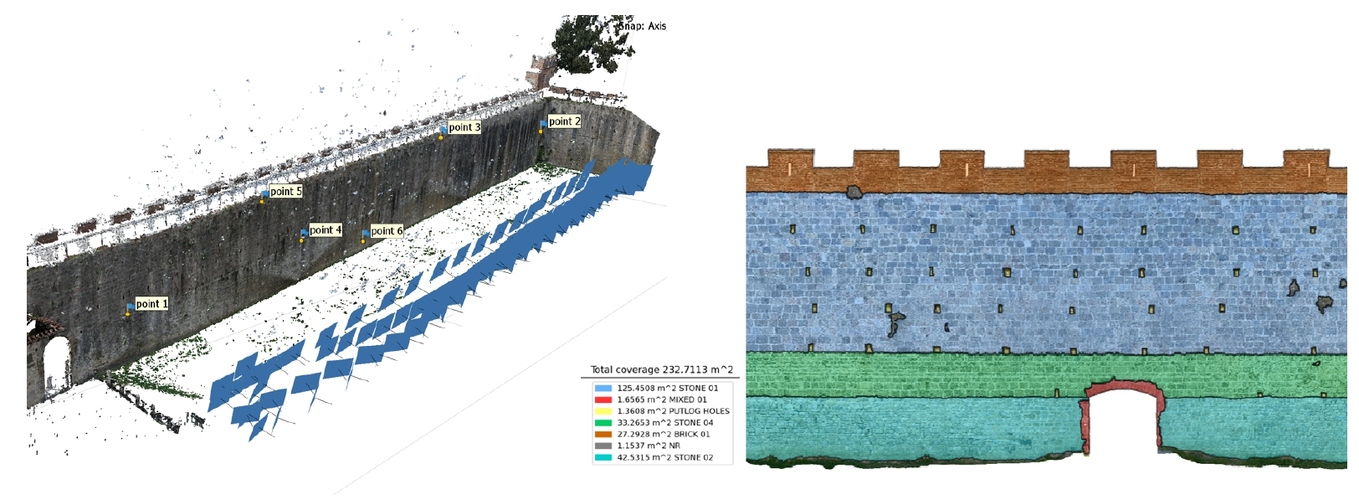TagLab
An AI-powered solution for the fast annotation and analysis of orthomosaics
TagLab is an AI-powered segmentation software designed to support the analysis of large orthographic images generated through the photogrammetric pipeline.
TagLab has a semi-automatic annotation modality, integrating interactive pixel-wise region segmentation models, and a fully automatic learning pipeline that assists the users in developing automatic semantic segmentation models. The main objective is to speed up, through intelligent tools, the extraction of measures from scientific image data containing complex shapes. These tools augment human abilities maintaining the centrality of human expertise.
Human-machine interaction of TagLab improves the accuracy of fully automatic predictions on scientific data without impacting on the annotation time.
News

January 2023: Dear TagLab community, we are looking for a motivated PhD student! The grant duration is three years; starting from March 1, 2023, candidates will be formally enrolled f at the University of Pisa, Italy. We require knowledge of Python, Machine learning and a sincere enthusiasm for the environmental theme! If you are interested in learning more, contact us quickly, the application deadline is February 1, 2023.

April 2021: Follow TagLab's presentation at the NVIDIA GTC21 conference 2021 "TagLab: A Human-in-the-Loop Semantic Segmentation Tool for Scientific Applications."

November 2020: The paper “Another Brick in the Wall: Improving the Assisted Semantic Segmentation of Masonry Walls” has been awarded as the best paper as EUROGRAPHICS Workshop on Graphics and Cultural Heritage 2020.


Extremes clicking
annotation tool
By clicking the four extremes of each object, the interactive segmentation model traces complex region boundaries. You can increase the accuracy of the segmentation by using the automatic refinement tool (object selection +

Positive/negative clicks annotation tool
By framing the object of interest and picking inner and outer points, the interactive segmentation model traces complex region boundaries. You can increase the accuracy of the segmentation by using the automatic refinement tool (object selection +

Manual boundary adjustment
You can always correct a region manually (Edit border tool), tracing intersecting (unconnected) curves or inner holes. You can increase the accuracy of the segmentation by using the automatic refinement tool (object selection +

Click-based boundary adjustment
The positive/negative clicks tools allow adjusting previous segmentations through a few clicks. You can increase the accuracy of the segmentation by using the automatic refinement tool (object selection +
Comparison functionality
TagLab supports the monitoring practice detecting changes from co-registered orthos. A dedicated interface visualizes paired annotated orthos; a table contains all the information related to the segmented regions.
Depth maps
TagLab supports georeferencing, the loading and processing of DEM, and data export in GIS friendly formats.
The design of TagLab began to support underwater monitoring practices. TagLab, however, can be adopted from all the applications involving the analysis of large images containing complex shaped objects.
TagLab has been used in Architectural Heritage for the masonry interpretation of ancient walls. The paper “Another Brick in the Wall: Improving the Assisted Semantic Segmentation of Masonry Walls” has been awarded as the best paper as EUROGRAPHICS Workshop on Graphics and Cultural Heritage 2020.

